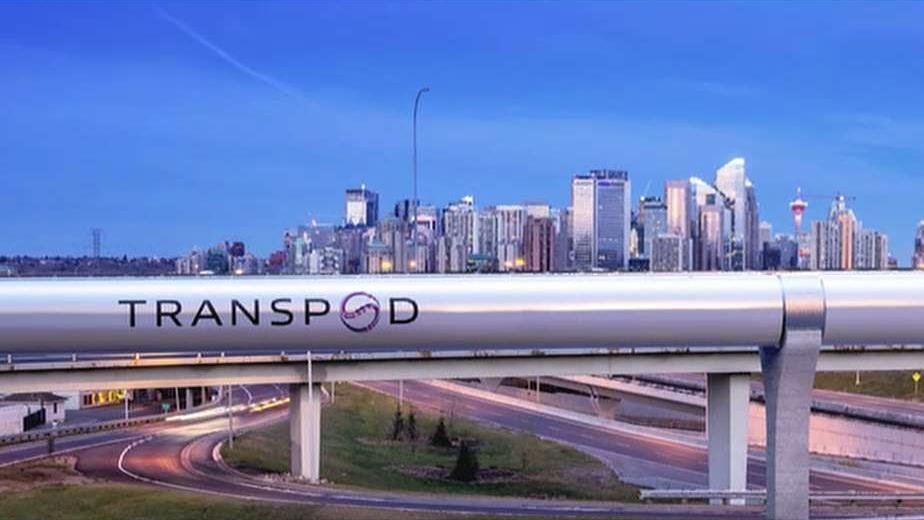Ten years after Elon Musk proposed a revolutionary transportation system using capsules traveling through vacuum tubes, the dream of the hyperloop remains largely unfulfilled. Despite initial enthusiasm and significant investment, the project has faced numerous challenges and setbacks, leading to closures and refocusing efforts by key players in the industry.

Early Enthusiasm and High Expectations
Elon Musk’s hyperloop concept promised near-supersonic travel, with capsules potentially reaching speeds of 1,000 to 1,200 km/h. The vision was captivating: a trip from San Francisco to Los Angeles, typically a six-hour drive, could be reduced to just 30 minutes. This promise of rapid, efficient transportation sparked significant interest and investment.

Major Setbacks and Financial Challenges
Despite the initial excitement, the hyperloop has struggled to deliver on its promises. By the end of 2023, Hyperloop One, one of the most well-funded projects, closed its doors. Spanish company Zeleros, another ambitious player, announced layoffs and a shift in focus towards electric mobility. The failure of these companies highlights the substantial challenges and high costs associated with developing the hyperloop technology.
Criticisms and Fundamental Issues
Critics like Carlo van de Weijer, director of Intelligent Mobility at the Technical University of Eindhoven, have been vocal about the fundamental flaws in the hyperloop concept. Van de Weijer describes the hyperloop as “a very complicated solution in search of a problem that does not exist,” and criticizes the enormous financial investments made without solving real transportation issues.
The concept of the hyperloop is inspired by pneumatic tube systems used in the late 19th century to transport documents within buildings. Musk envisioned scaling this technology to transport people and goods through vacuum tubes, eliminating friction and enabling high speeds. However, practical implementation has proven to be far more complex and costly than anticipated.

Technical and Practical Hurdles
One of the significant challenges is the cost of constructing the necessary infrastructure. Linear induction motors required to propel the capsules are expensive, as are the steel conduits needed to support the transportation network. Additionally, the hyperloop would work best with a straight-line layout, making planning and construction through varied terrain extremely difficult.
Capacity limitations also pose a problem. Early proposals suggested launching capsules carrying 14 to 28 passengers every minute or two, but this capacity is significantly lower than traditional transportation systems like highways or airlines.
Safety Concerns and Technological Uncertainties
Safety remains a critical concern. The idea of launching capsules at high speeds raises questions about emergency stops and potential accidents. In the event of a vacuum tube breach, the system could implode due to the significant pressure difference, posing severe risks.
Moreover, insurance companies require robust safety assurances before underwriting such innovative projects. Many unresolved safety and technical issues hinder the hyperloop’s viability as a mainstream transportation solution.
Conclusion: A Cautionary Tale
The hyperloop’s journey serves as a cautionary tale about the challenges of developing revolutionary transportation technologies. Despite raising around $450 million and attracting high-profile investors like Richard Branson and Dubai Ports World, Hyperloop One and similar ventures have struggled to meet their ambitious goals.
As companies like Zeleros pivot towards more achievable goals in electric mobility, the dream of the hyperloop as a viable transportation system remains distant. Experts like Carlo van de Weijer advise against investing further public funds in such speculative ventures, emphasizing the need for practical, problem-solving innovations in transportation.
While the hyperloop captured imaginations and investment dollars, its future as a transformative mode of transportation is uncertain, underscoring the complex realities of turning visionary ideas into practical solutions.4o
